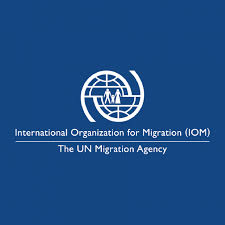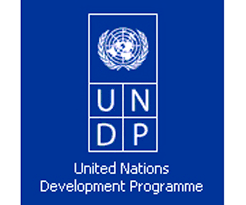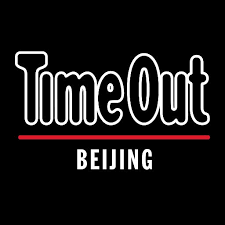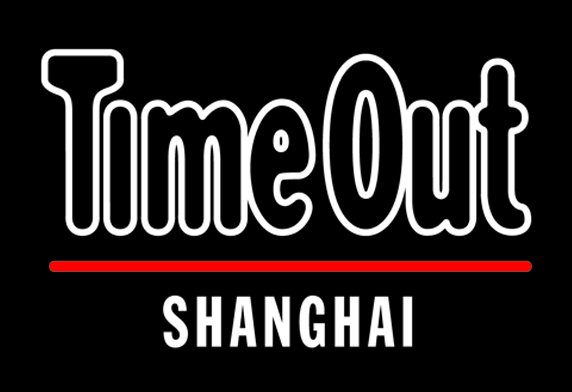Editing
No one likes heavy-handed editors, but we all love clean, concise copy. The key is balance. Before we begin any project together, we’ll discuss what and how many changes you expect—but regardless, your voice is your own. I specialize in medium, heavy, or developmental on-screen edits and rewrites, particularly in the arts, humanities, social sciences, or topics related to China and Korea (South and North). I’ve worked with established and beginning writers, as well as native and non-native English speakers. Years of writing profiles taught me to showcase subjects’ unique personalities, and my formal editing study trained me to keep—when necessary—a light grip on the red pen. It’s all about the project.
In addition to my editing work with the United Nations, educational companies, and the British Chamber of Commerce, I hold a professional copyediting certificate from the University of California at San Diego. I am meticulous in fact-checking and making detailed corrections, and I will showcase your work the way you want.
I have edited for…
Some of my editing services…
I will perform two passes on your manuscript and send you the edited copy so you can evaluate my suggestions. I will then input the changes, do one more slow read, and then send back the clean copy, all within our agreed deadline. I am also equally familiar with American and British English. Here are some services I offer.
Structural or Developmental Editing is about the big picture — holes in the plot, inconsistent characterization, and concluding chapters that might work better up front. Developmental editing might include…
Checking for clarity, consistency, structure, and flow;
Performing partial rewrites or substantive changes; and
Evaluating content or characters and checking facts.
Copyediting is the most technical edit. Light, medium, and heavy copyedits all include…
Checking grammar, punctuation, capitalization, abbreviations, formats of lists, spelling, and so on;
Checking syntax, tense, word choice, and similar issues;
Checking the table of contents, chapter titles, footnotes, endnotes, pagination, information in tables, and the like; and
Performing minor fact checking and flagging potential copyright issues.
Line Editing is more about language, sentence style, and word usage. Edits can include…
Ensuring consistency in tone and style, fixing run-on sentences, and cutting repetitious words and phrases;
Trimming wordy passages and paragraphs, fixing bland or awkward language, clarifying vague sentences; and
Fixing weak transitions between paragraphs and ensuring details are consistent.
Although often confused with copyediting, Proofreading is the most technical type of document review and comes (unofficially) in two forms:
Cold reading: a final read-through of a manuscript looking for typos, misspellings, and other egregious (as opposed to stylistic) errors.
Proofreading: comparing the copyedited or line-edited version to the formatted version to check that all changes were entered and no new errors were introduced.







